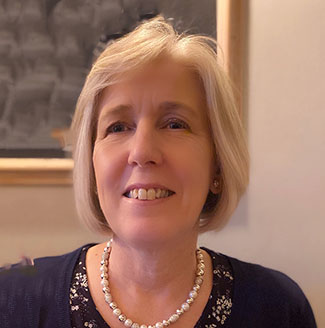Reflections on CPD

What is CPD reflection?
Reflective practice is the process by which you analyse your continuing professional development (CPD) activities. It encourages you to identify links between development activities and their impacts allowing you to modify actions, behaviour, and learning objectives appropriately. It also prompts recognition of the purpose of each CPD activity, what you are specifically gaining from them, and areas of potential improvement in the future.
Reflective Practice is an essential part of developing new skills, but at a deeper level it improves your capacity to respond to challenges, make timely decisions, manage emotions, conduct productive relationships and cope with stress.
“We do not learn from experience…we learn from reflecting on experience” John Dewey, 1910[1]
Why do I need to complete reflective statements?
Reflective statements are used to measure the outputs or value of learning, rather than the inputs or content. As a project professional you need to be able to continually adapt and change to steer your projects to success. It’s a marathon and a sprint at the same time and skills need to be updated continuously to both keep up the pace and manage your own career path.
Adopting a reflective approach lies at the core of APM’s CPD requirements as part of our commitment to upholding the standards and importance of the project profession, as well as acting as a catalyst for improvement. These statements don’t have to be lengthy but should reflect on how the learning was relevant and how it will impact on your practice.
What approach should I take to reflect on my CPD?
Reflection should occur as soon as possible following the event or learning. The best way to be contemporaneous and meaningful is to ask yourself a series of questions, such as:
- What have I gained from this activity?
- Was this activity beneficial to my professional development? Why?
- How will this impact my professional practice?
- What were the positive and negative aspects of this activity?
- Do I have further skills and/or knowledge gaps that require action within my continuing CPD plan?
To support this reflection consider:
- Which activities have been the most and least beneficial to my development?
- Have I achieved my aspirations for development this year?
- Have I progressed in accordance with my career goals? Have my careers goals changed at all?
- Have there been any changes in emerging specialisms, technology or legislation that will affect my professional practice?
- What activities do I need to focus on in the next 12 months?
Four tips to help you write reflective statements for CPD
- Use the competence framework – your reflective statements need to cover learning activities and personal development. The range of APM competencies offer you a degree of flexibility that will fit within the context of your job role and the organisation you are supporting so find time to make yourself familiar with it.
- Allocate time to reflect – we all lead busy lives so it can be hard to find opportunities to reflect, that’s why it’s so important to set aside specific time. Remember that CPD and your reflections don’t need to be based on attendance at a formal learning or training event. Supporting colleagues, attending webinars or networking can all provide valuable insights that can support your development.
- Think about everyday work tasks – the technical elements within the competency framework are likely to relate to on-the-job activities that you may think of as everyday tasks. If you think about every experience you have or every activity you’ve completed, it will either have gone well or not. Reflecting should help you realise that you already know how you could have done better, if not you have identified a specific development need.
- Take notes – don’t rely on your memory. Use post-it notes, a journal, voice memos or apps on your phone to record your thoughts. Talking with colleagues, peers, managers, and clients can also spark new ideas.
There is no right or wrong way to complete your reflective statements, and it’s essential that they are unique to you. Stay true to your preferred learning style, manage your time and links to close the gap between theory and performance will soon form. Reflect, connect, and enjoy your journey towards chartered status, that senior project management role, or whatever you have your sights on. Good luck.
You may also be interested in:
- Continuing professional development
- Five reflective questions for a better chance at valuable CPD
- Refining your skills on APM Learning (🔒)
[1] Dewey J (1910) How we think. Boston; DC Heath & Co.


0 comments
Log in to post a comment, or create an account if you don't have one already.